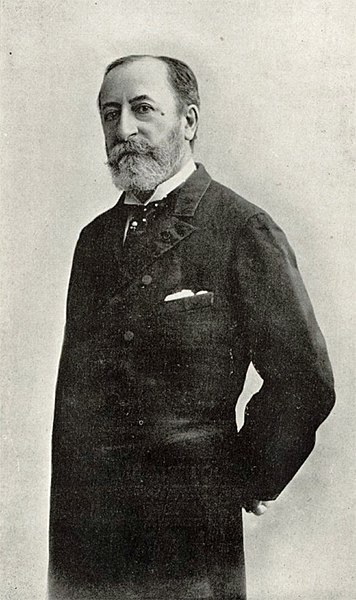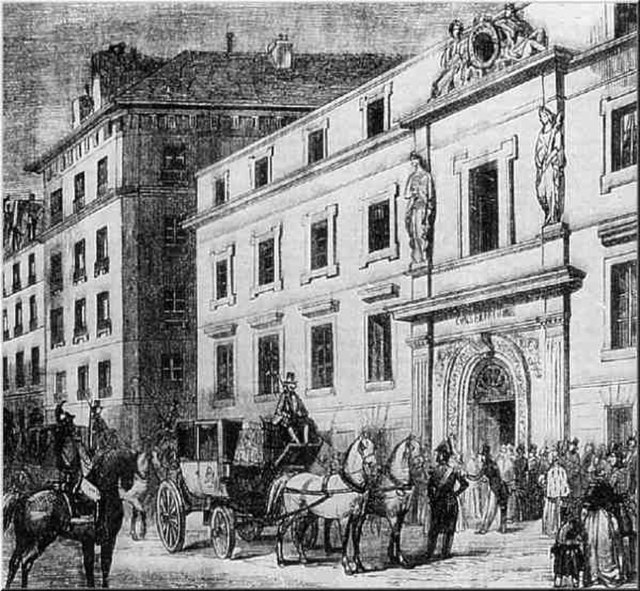Samson and Delilah (opera)
Samson and Delilah, Op. 47, is a grand opera in three acts and four scenes by Camille Saint-Saëns to a French libretto by Ferdinand Lemaire. It was first performed in Weimar at the Grossherzogliches Theater on 2 December 1877 in a German translation.
Samson and Delilah, by Gustave Doré, c. 1860
The role of Dalila was written for Pauline Viardot (1821–1910) (pictured) but the singer was too old to assay the role for the 2 December 1877 Weimar premiere and the role was entrusted to Auguste von Müller.
Franz Liszt (1811–1886) was an enthusiastic supporter of Samson et Dalila and was instrumental in arranging the first production in Weimar. (Photograph, 1870)
The Grand Ducal Theater in Weimar (now the Staatskapelle Weimar) was the site of the premiere of the complete Samson et Dalila on 2 December 1877.
Charles-Camille Saint-Saëns was a French composer, organist, conductor and pianist of the Romantic era. His best-known works include Introduction and Rondo Capriccioso (1863), the Second Piano Concerto (1868), the First Cello Concerto (1872), Danse macabre (1874), the opera Samson and Delilah (1877), the Third Violin Concerto (1880), the Third ("Organ") Symphony (1886) and The Carnival of the Animals (1886).
Saint-Saëns c. 1880
The rue du Jardinet, site of Saint-Saëns's birthplace
Saint-Saëns as a boy
The old Paris Conservatoire building, where Saint-Saëns studied








